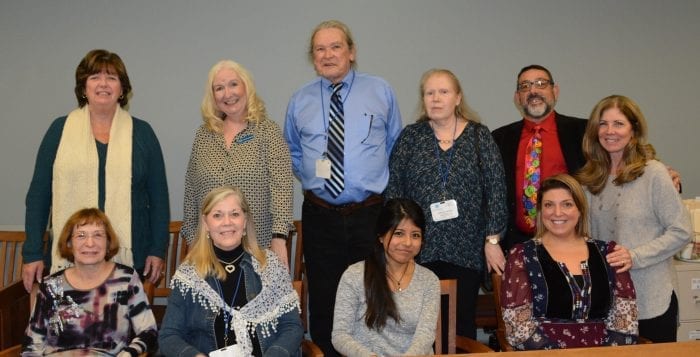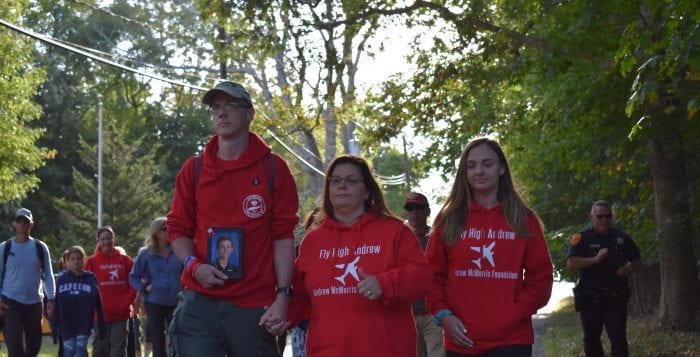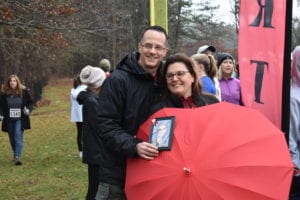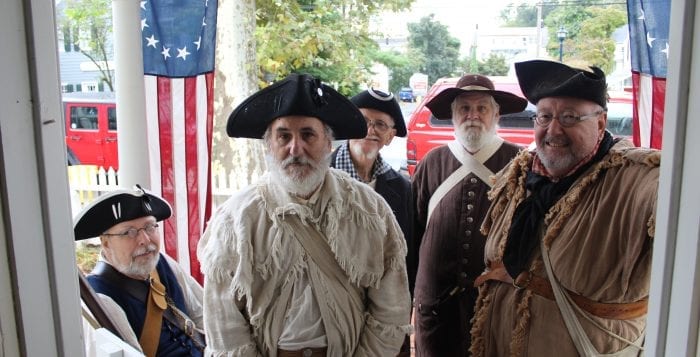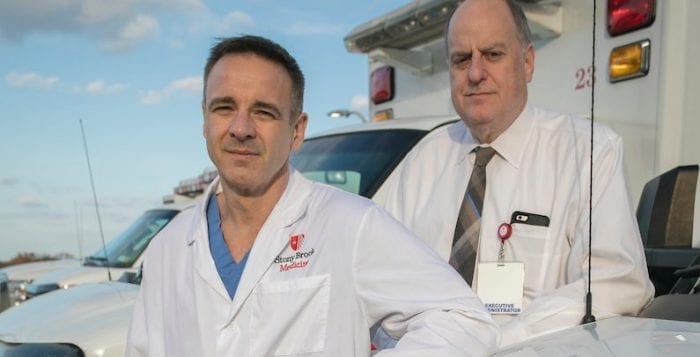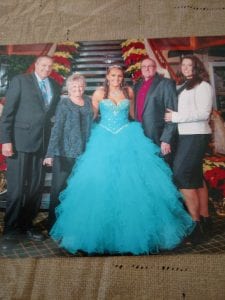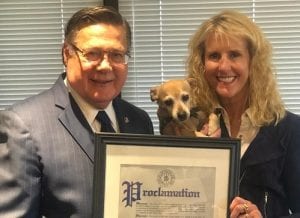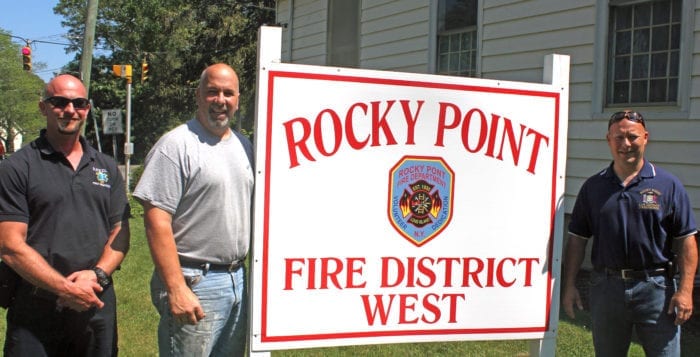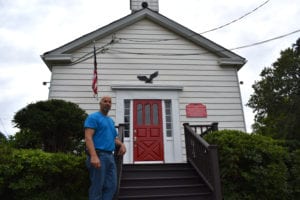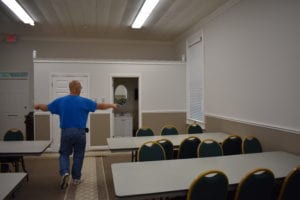By Laura Johnson
Guardianship Corp is a pilot program created to serve as a safety net for impoverished, incapacitated adults who are wards of the court. There is no hard data on the number of people in Suffolk who need the not-for-profit’s services, but most authorities agree the number is rising due to the aging population. Consequently, more help and additional funding has been sorely needed.
Thankfully, Guardianship Corp’s model of operation “has accomplished what the court system could not,” said Pegi Orsino, executive director of RSVP Suffolk. Her organization recruits and places senior volunteers with the people in need of assistance. “It’s a cost-effective solution that’s making a difference,” she added.
Richard Horowitz is a New York State Court of Claims judge and acting justice of Suffolk County Supreme Court who has also helped launch the new program.
“Judge Horowitz asked RSVP to meet with him in early 2018 to discuss the difficulties in guardianship,” Orsino said. “I brought along one of our board members, Bob Heppenheimer, who had hands on experience with the population the judge was concerned with.” Orsino said. Heppenheimer is a recently retired owner and operator of two local nursing homes and has years of experience as an advocate for seniors and others in long-term nursing care.
“I was wondering what to do next, and God dropped on my lap an opportunity to contribute to the good of society.”
– Bob Heppenheimer
Horowitz explained that New York State does not have a guardianship system in place for disabled adults with no family support and who cannot afford to hire their own attorney. Without the services, these vulnerable individuals are at risk of not only getting lost in the system but may also be deprived of needed medical care. So, the courts have been forced to seek out attorneys willing to do the work pro bono. Horowitz explained that he personally handled more than 150 new applications for guardianship each year.
“And the need was growing,” Orsino said. “Typically, when there is no fee, there are no takers. That is where Judge Horowitz was hoping RSVP could step in.”
Unfortunately, Orsino feared the burden was too great. “Guardianship is a huge responsibility … too much for a volunteer,” Orsino said. “I left the meeting feeling rather at a loss … but Bob was enthusiastic and had the idea of creating a not-for-profit that would serve as guardian, freeing volunteers of that responsibility and instead have them serve as care monitors,” she said. Essentially volunteers would be the eyes and ears for the guardian, enabling the organization to take on many wards.
“I was wondering what to do next,” Heppenheimer said, referring to his retirement as owner of nursing facilities. “And God dropped on my lap an opportunity to contribute to the good of society,” he added.
Heppenheimer drafted a proposal and in the fall of 2018 received start-up funding through a New York State Senate initiative. “Both Nassau and Suffolk counties were given $250,000 each for fiscal year 2019 to manage and make decisions for vulnerable wards,” he said. With the start-up funds, Heppenheimer created the not-for-profit Guardianship Corp. He hired an administrator and recruited and trained selected senior volunteers from RSVP to become care monitors. More recently, Heppenheimer has also reached out to Stony Brook University’s nursing program and interns to become care monitors.
“We currently have guardianship for 40 wards. Our senior volunteers, who include retired nurses, social workers and caretakers, visit 20 of those most vulnerable at least two times a month and report on each visit,” he said. “Attorneys who serve as guardians are only required by the court to visit a ward once every three months,” he added.
“The hope is that this pilot project will be made permanent, serve as a model for other communities and be adopted throughout the state.”
– Richard Horowitz
“Bob is very hands on,” Orsino said. “He makes visits to clients along with the volunteers. Twice a month is huge … a lot can change in 90 days,” she added.
“Over the past year, Guardianship Corp has intervened when an estranged daughter began stealing from her mother, one of our wards. We also stepped in to make sure another ward got the proper cancer treatment for a condition that might have gone unnoticed,” she added. “And sadly, over the past year we have also made several funeral arrangements for individuals who might not have gotten a proper burial otherwise.”
“Our greatest threat going forward is funding,” Heppenheimer said. “Somehow, our cause has worked itself out of the budget cycle. Our clients are elderly or disabled. Many are in nursing homes or institutionalized and do not vote. We serve a population that politicians are not forced to be accountable to.”
Horowitz endorses Heppenheimer’s efforts, “The creation of Guardianship Corp has filled a huge void and allowed the Court to appoint compassionate professionals, volunteers and students whose primary focus is the care, safety and comfort of incapacitated persons. The hope is that this pilot project will be made permanent, serve as a model for other communities and be adopted throughout the state.”
For more information or to volunteer contact Guardianship Corp at 631-650-2325.

